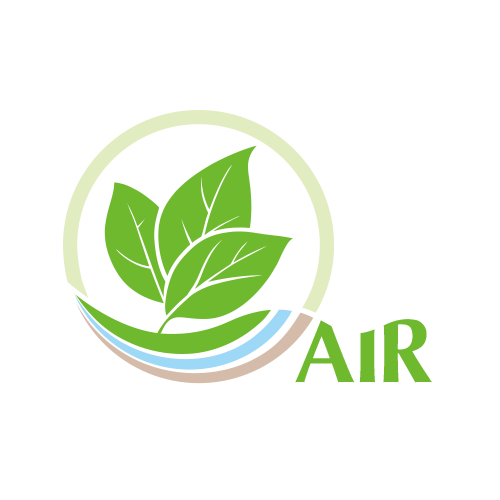Objective
Use only uncontaminated, appropriately-treated water for irrigation.
Guiding Principles
Surface waters, especially recycled nursery runoff, are known sources of Phytophthora contamination. Some species of Phytophthora not only survive, but can also reproduce in streams and ponds.
Best Practices
| 5.1 | Use only clean, pathogen-free water sources. If your irrigation water comes from treated municipal water supplies (including tertiary-treated recycled water) or properly maintained wells, the water will not contain Phytophthora spores. |
| 5.2 | Do not use untreated irrigation runoff or water from surface streams or ponds. Water from these sources can be contaminated and can spread that contamination through the nursery. Surface water can be disinfested by heat, ozone, chlorine, UV, ultrafiltration, or other methods proven to eliminate Phytophthora. These treatment systems must be monitored to ensure that treatment is effective. |
| 5.3 | Don’t let sources of clean water become contaminated. Make sure that your plumbing system is intact and properly protected with backflow prevention devices so that contaminants from the soil or runoff water can’t enter the system. If well water is used, wellheads should be protected from contamination. As discussed under clean production practices, make sure that all hose ends, nozzles, emitters, and other irrigation equipment do not come in contact with the ground or other sources of contamination and are sanitized before use on clean benches and plants. Re-sanitize drip irrigation equipment whenever it is moved to a different set of plants. |
